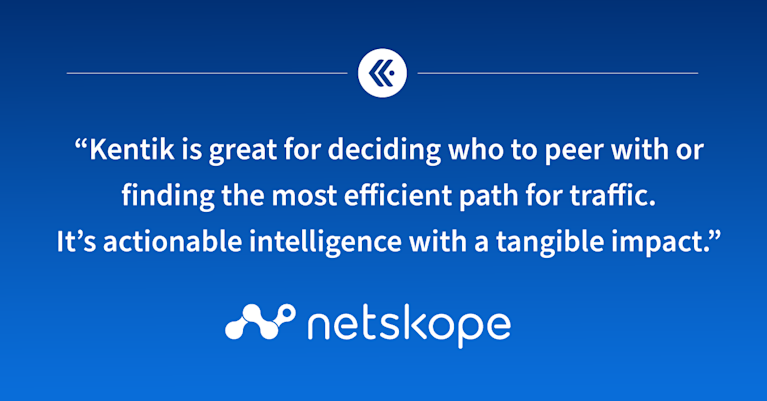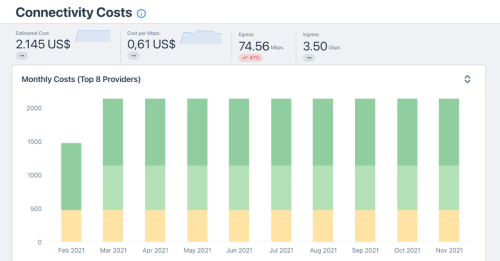Reinforcing Networks: Advancing Resiliency and Redundancy Techniques

Summary
Resiliency is a network’s ability to recover and maintain its performance despite failures or disruptions, and redundancy is the duplication of critical components or functions to ensure continuous operation in case of failure. But how do the two concepts interact? Is doubling up on capacity and devices always needed to keep the service levels up?
The truth is, designing a network that can withstand the test of time, traffic, and potential disasters is a challenging feat. That’s where network resiliency and redundancy come into play, helping network planners construct robust and efficient networks. But do we always need 100% redundancy to achieve resilience? Let’s find out.
Resiliency and redundancy in networking
First things first, let’s define resiliency and redundancy in the context of networking. Resiliency is a network’s ability to recover and maintain its performance despite failures or disruptions, and redundancy is the duplication of critical components or functions to ensure continuous operation in case of failure.
But how do these two concepts interplay? While redundancy can contribute to network resiliency, it’s not the only approach to building a resilient network. Various other mechanisms can also be employed, often leading to a more cost-effective and efficient network design.
Routing protocols and their impact on network resilience: The roles of IGP and BGP
Let’s first dive into how routing protocols, particularly Interior Gateway Protocols (IGP) and Border Gateway Protocol (BGP), can influence network resilience and help reduce the need for complete redundancy.
Interior Gateway Protocols, like OSPF and IS-IS, are the unsung heroes of routing within an autonomous system. They play a critical role in determining the most efficient paths for data packets, ensuring fast and reliable communication within the network. By quickly adapting to network topology changes, IGPs contribute to network resilience by rerouting traffic when a link or node fails. This adaptability minimizes downtime and service disruption, thereby reducing the need for 100% redundancy.
On the other hand, BGP governs how networks interact with each other on the internet. It maintains network connectivity and stability by selecting the best routes between autonomous systems. BGP’s ability to reroute traffic during network failures strengthens network resilience, as it can seamlessly switch to an alternative path if the primary route becomes unavailable.
Segment routing (SR) has also emerged as a powerful approach to enhance network performance and reliability. As a modern source-routing technique, SR simplifies traffic engineering, optimizes resource utilization, and provides better scalability than traditional routing methods.
When it comes to traffic engineering, segment routing allows network operators to define explicit paths for traffic, distributing it more evenly across the network. By doing so, it minimizes congestion and ensures optimal resource usage, ultimately leading to improved network resilience. Additionally, SR’s ability to enable fast rerouting in case of link or node failures is critical to maintaining network continuity. By proactively computing backup paths, traffic can be swiftly switched to an alternative path when a failure occurs, reducing the impact of failures on network performance.
Segment routing’s flexibility is another key factor in its contribution to network resilience. With granular control over traffic flows, SR can be easily integrated with other network resilience mechanisms, such as load balancing and traffic prioritization. This adaptability allows network operators to design and implement resilient networks tailored to their specific requirements.
Traffic classes
Traffic classes, a more traditional way of traffic prioritization, can help network planners prioritize certain types of traffic over others, allowing for better resource allocation and improved network performance. By prioritizing critical traffic and ensuring it always has the necessary resources, network planners can further enhance network resilience without the need for complete redundancy.
The decision between 100% redundancy and using traffic classes depends on the specific requirements of the network and the business it supports. Both approaches come with their unique advantages and trade-offs.
Opting for 100% redundancy may be more suitable for networks with strict uptime requirements or when data integrity is paramount. In such cases, the added investment in redundancy can pay off in the long run, as it provides an extra layer of protection against network failures.
On the other hand, traffic classes offer a more flexible and cost-effective solution for networks that don’t require such stringent uptime guarantees. By prioritizing critical traffic and intelligently managing network resources, traffic classes can enhance network resilience without incurring the high costs associated with full redundancy.
It should come as no surprise that there’s no one-size-fits-all solution when it comes to building a resilient network. Network planners must weigh the benefits and drawbacks of each approach, considering factors such as cost, performance, and specific business needs. By understanding the role of routing protocols, traffic classes, and other network resiliency mechanisms, planners can make informed decisions that strike the right balance between resilience and redundancy.
Resiliency and redundancy for efficient networks
Ultimately, it’s essential to grasp the interplay between resiliency and redundancy in networking to build robust and efficient networks. While redundancy can enhance network resiliency, a more comprehensive strategy that includes routing protocols, traffic classes, and other resiliency mechanisms can lead to a cost-effective and adaptable solution. Network planners must thoughtfully assess their network and business needs to determine the most suitable approach for constructing a resilient and efficient network infrastructure. By finding the perfect harmony between resilience and redundancy, network planners can establish a solid and dependable network capable of adapting to the ever-changing demands of the business.
Remember, understanding and applying these concepts appropriately is key to ensuring your network’s smooth operation and longevity. With a well-planned and resilient network, you’ll be better equipped to handle challenges and changes as they arise.



